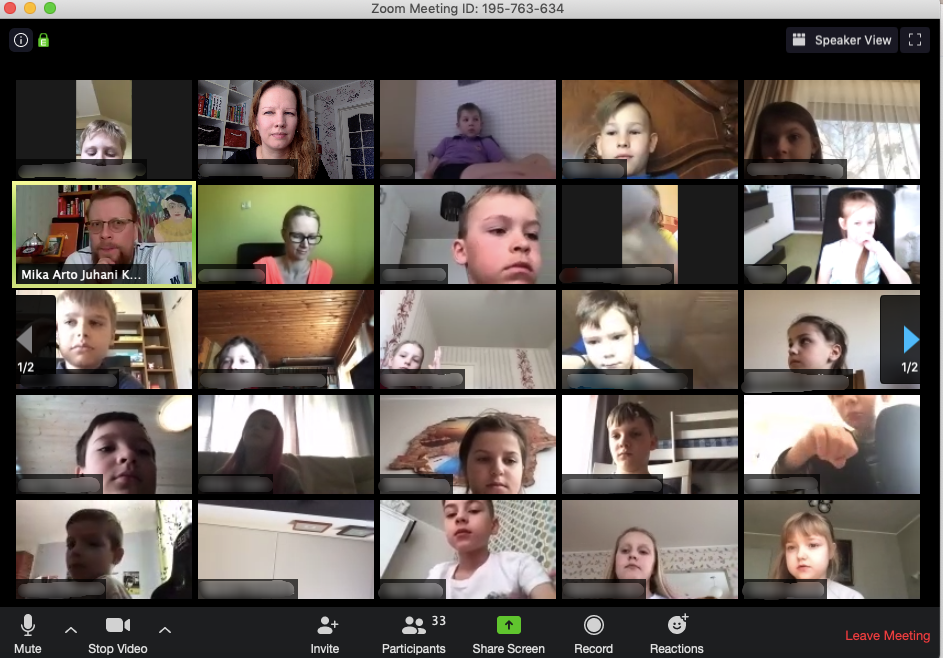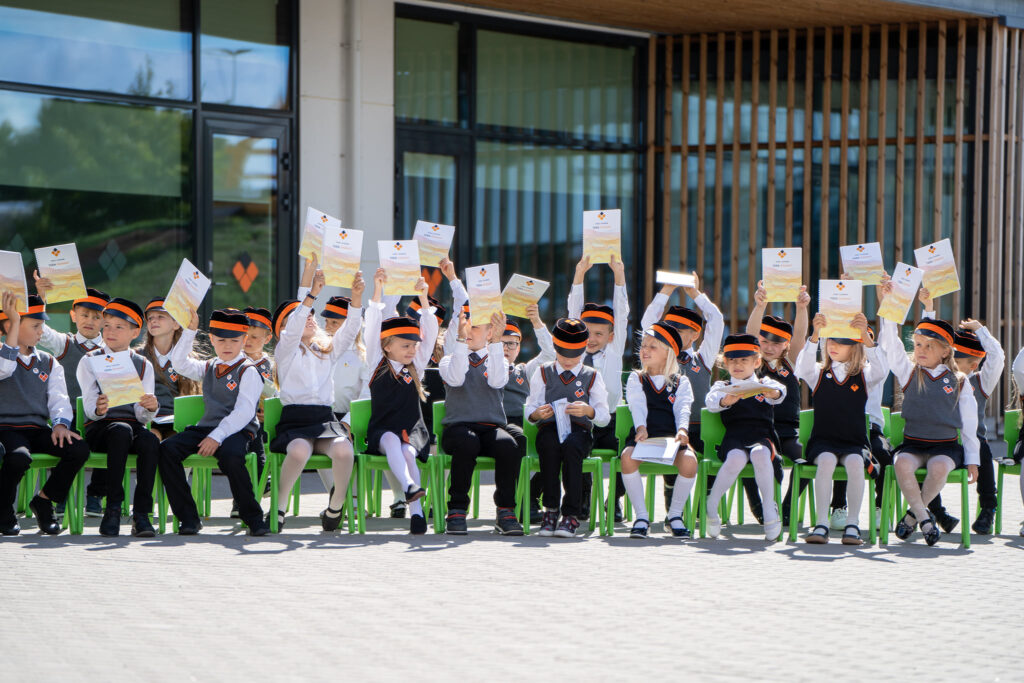In the spring of 2020, the COVID-19 pandemic put students, teachers and parents to test; Estonian schools managed to adapt to new situations quickly and therefore handled the crisis well; although there is no one right formula for a successful distance learning programme, there is still a lot to learn from an Estonian example.
Although the COVID-19 pandemic caught us by surprise, Estonian schools were able to switch to online teaching methods quickly, as digital competence and setting up IT-infrastructure has been a national priority for many years already. For instance, in 1997, a project called Tiigrihüpe (the Tiger Leap) was launched, to provide computers, internet access and relevant training for schools. Besides that, teachers’ training has been consistent.
According to Heli Aru-Chabilan, the director for internationalisation at Estonian Education and Youth Authority, the situation in the spring showed that long-lasting focus on integrating technology into learning has paid off. Already before the pandemic, most of the Estonian schools were daily using many digital study materials (for example, a platform of digital books, called Opiq) and electronic school management systems (eKool).
“Estonian teachers have high levels of digital competence,” Urmo Uiboleht, the chairman of the board of Tartu Private School, said, adding this was one of the main reasons why the Estonian educational system handled the coronavirus crisis that well. However, the level of digital competence is not something you can conveniently learn long-distance during the crisis. These skills need to be consistently improved, both Aru-Chabilan and Uiboleht emphasised.

Important networks
During a crisis, students, parents, teachers and headmasters need help, and support systems and networks must be in place. “In our school, we have a digital teachers’ lounge, where people regularly discussed their joys and sorrows,” Uiboleht said. “During difficult times, cooperation is important, and this kind of meetings helped create a strong inter-team bond. It also provided emotional support.” The digital teachers’ lounge was popular in many Estonian schools.
National support networks are also necessary. For instance, during the crisis, the Estonian Information Technology Foundation of Education (its activities were transferred to the Education and Youth Authority in August) closely cooperated with the Estonian Union of Educational Technologists.
Together, they mapped out the needs of schools and quickly developed close to 80 different courses and web-based events based on the needs of teachers. “After the first week of the COVID-19 crisis, there was a discussion led by the Estonian president, Kersti Kaljulaid. It helped boost morale during difficult times and showed that the whole society supported schools and students. This was emotionally very necessary,” Aru-Chabilan recalled.
To help them adapt to the new situation, the Foundation Innove (its activities were also transferred to the Education and Youth Authority in August) transformed face-to-face study counselling services into online and offered psychological counselling, speech therapy and the services of special pedagogues and social pedagogues via e-channels. “The biggest challenge for students was coping with the changed situation. Self-study is particularly challenging in primary school,” Birgit Lao, the CEO of Foundation Innove, said.

For this reason, Foundation Innove and the Estonian education and research ministry put together recommendations and guidelines for teaching, learning and studying for teachers, school leaders, parents and students alike. For example, no numerical grading was suggested, and the emphasis was on giving feedback in various forms. Particular attention was given to parents of students with special educational needs and education support professionals working at schools.
Developing and gathering information needed in this kind of extraordinary situation and sharing it with partners was one of the prioritised activities during all the period of distance learning. In addition to that, online webinars and training in the Estonian language as well as in Russian for school leaders and teachers were conducted.
Also, a national education technology helpline was launched in Estonia to counsel teachers during the crisis. “People need to ask for help or advice. In these kinds of situations, the exchange of information critical,” Uiboleht noted.
A lot of help was provided by education technology corporations in the private sector, which offered schools to use their products and services for free. Within the frame of Estonian education marketing and export brand, Education Nation, Estonian knowledge and experience were also shared with the international community. From March to May, free remote learning online webinars “Education Nation: tips for remote learning” were conducted once a week.
Less is more
Although the digital world offers many solutions, Aru-Chabilan and Uiboleht suggest using familiar and already tested options. “This makes the situation easier for both teachers and students,” Uiboleht said. For example, before the COVID-19 crisis, Tartu Private School had had some experience with online study days – Uiboleht believes this helped them handle the new situation.

Aru-Chabilani thinks that each school should have the freedom to choose preferred digital solutions, but they should agree on using the same platforms within the school environments.
“Distance learning is not just e-learning. Ways and opportunities to learn and teach screen-free must be found,” Lao emphasised. “Cooperation and co-creation are necessary. It is possible to achieve the learning outcomes of several subjects in one lesson. For example, do sports and math together.”
Five lessons for long-distance learning
A crisis makes people hungry for knowledge
In the unexpected situation, schools who as a first thing established what kind of information will be shared on which channels and to who, were more successful and handled the crisis with less stress.
The role of a teacher is crucial
Long-distance learning showed that in using digital technologies, teachers had a crucial role as tutors. Human interaction was ever more important, both students and parents needed support and counselling in the learning process.
Parents need support
Parents suddenly found themselves in the roles of mentors and were waiting for guidelines and help from schools. The situation required closer cooperation between parents and teachers, and parents needed guidance.
Fast and easy solutions are better
If before the crisis, all kinds of digital tools and platforms were more like extras for the teachers, during the COVID-19 pandemic, they became essential and even indispensable. Teachers shared digital books, videos, audio files, movies, applications etc. Time was a deciding factor: as soon as using materials or tools seemed too challenging, they were left aside.
Teaching and grading
In an online study, grading and checking methods need to be changed, and the focus should be more on the process and in integration of subjects.
Cover: Children at the start of the new school year at Tartu Private School. The image is illustrative. Photo by Tartu Private School.

